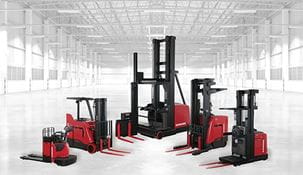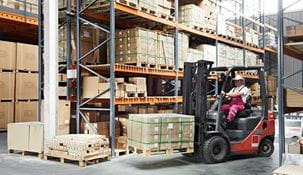Situational Awareness
Situational Awareness
-
 Situational awareness is being aware of what is happening around you in terms of where you are, where you are supposed to be, and whether anyone or anything around you is a threat to your health and safety. Our knowledge, experience and education enables us to understand what is going on around us and helps us to determine if it is safe. This means that everyone's situational awareness is individual and potentially different. We use our situational awareness to make decisions at home and at work.
Situational awareness is being aware of what is happening around you in terms of where you are, where you are supposed to be, and whether anyone or anything around you is a threat to your health and safety. Our knowledge, experience and education enables us to understand what is going on around us and helps us to determine if it is safe. This means that everyone's situational awareness is individual and potentially different. We use our situational awareness to make decisions at home and at work.
Our situational awareness is only as accurate as our own perception or reading of the situation, so what we think is happening may not accurately reflect reality. How we read a situation can be influenced by many things such as the type of information we have been given, our own experience and distractions in the workplace.
Why should you improve it?
It is important that you know how many problems you face and how serious they are. The temporary loss or lack of situational awareness is a casual factor in many accidents. Often there is so much 'going on' in your work environment, or you become so absorbed in your own thoughts, that you fail to spot those things that could pose a serious threat to your health and safety. Our situational awareness can be further reduced in times of high workload or when under pressure to get a job done on time. In these situations, it is essential to maintain a high level of situational awareness to stop accidents and near misses.
Where and when should situational awareness techniques be used?
Assessment of your working environment should occur continually, but especially in the following situations:
- When beginning work on a new project/contract/customer location.
- When you think the work environment has changed since your last time there.
- When working with new or different workmates.
- Before complacency has set in-it can be a silent killer!
SLAM consists of four simple steps
- STOP - Engage your mind befor eyour hands. Look at the task in front of you
- LOOK - At your work area and find the hazards that are present to you and your workmates. Report hazards immediately to your customer or manager/spervisor.
- ASSESS - The effects that the hazards will have upon you, the people you work with, equipment, procedures, pressures and the environment around you. Ask yourself if you have the proper tools, training and PPE to perform the task safely.
- Manage - If you feel that the operation is unsafe, stop working. Tell your customer, supervisor, and workmates. Where needed call in your Corporate Safety Manager. Discuss what actions are needed with your customer or supervisor to make the situation safe.
Why is situational awareness important to us?
Situational awareness is important to everyone - it is important that everyone is aware of their surroundings and the potential hazards they face. It is important that each individual is looking out for his or her own safety as well as looking out for their workmates. Remember that we all want to go home safely the way we came to work safely.
Contact Us
For more information about partnering with Raymond Storage Concepts and how we can help with your training, contact us.
You May Also Like:

Raymond Forklifts
Raymond manufactures innovative electric lift trucks that deliver a lower total cost of ownership.
Learn More

Dock & Door Equipment
Reduce energy consumption, increase worker productivity and safety with our loading docks and commercial doors.
Learn More

Engineered Solutions
We design custom material handling solutions to fit your exact needs. From maximizing space to boosting efficiency, we've got you covered. Let's transform your operation together.
Learn More

Fleet Maintenance Management Software | iTRACK | Raymond
Understand and manage fleet and asset maintenance data and costs with iTRACK.
Learn More


